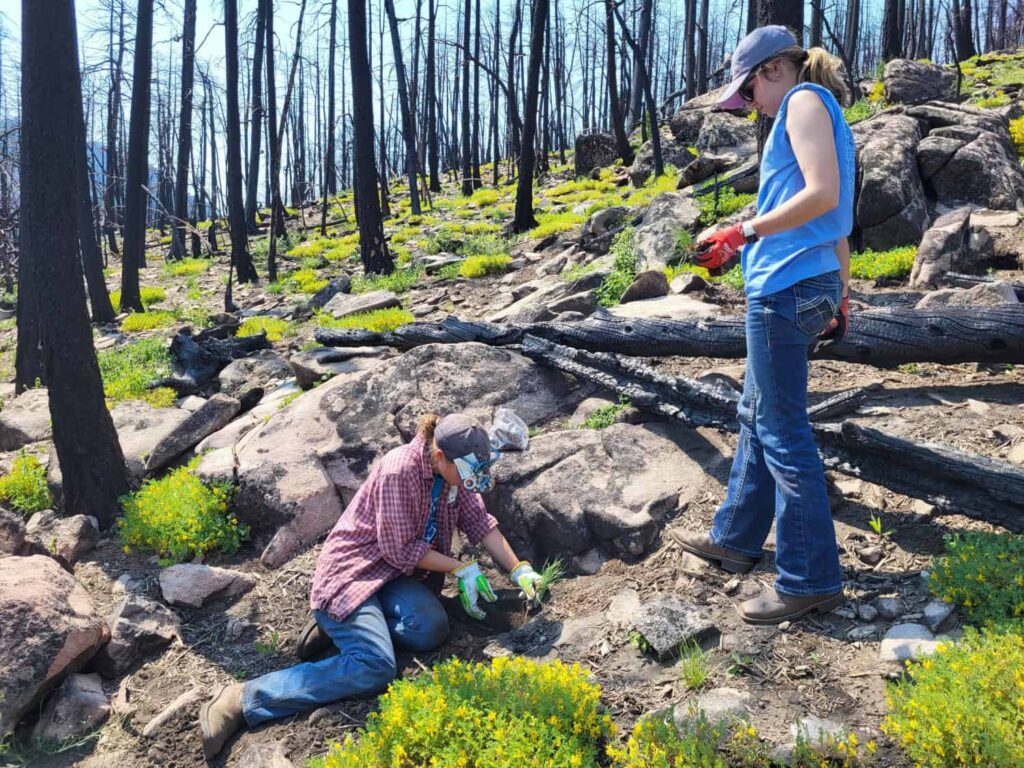By Courtney King
This fall, while considering a prospective hike of one of the Collegiate Peaks, I consulted the popular hiking app AllTrails. The app has been maligned by many public lands advocates due to the belief that it serves to over-popularize some trails — inflating their usage — and exacerbating potential damage to these areas.
Familiar to anyone who has ever used the “Keep the West Wild” geotag, disdain for AllTrails is one of multiple forms of outdoor gatekeeping I have encountered amidst the west’s love of its natural areas — yet it is hard to argue with the underlying point being made, especially given the great amount of damage sustained by trails.
Even as an experienced hiker, it can be difficult to resist the appeal of an app that will tell you whether a hike has exactly what you’re looking for — or whether you should simply stay home — or perhaps look elsewhere.
Impacts on wildlife
When I was deciding to hike Mt. Yale, I learned from the hike’s comments section that I was likely to encounter acorn-throwing squirrels. And sure enough, just about a mile into the hike, I was being assaulted from above.
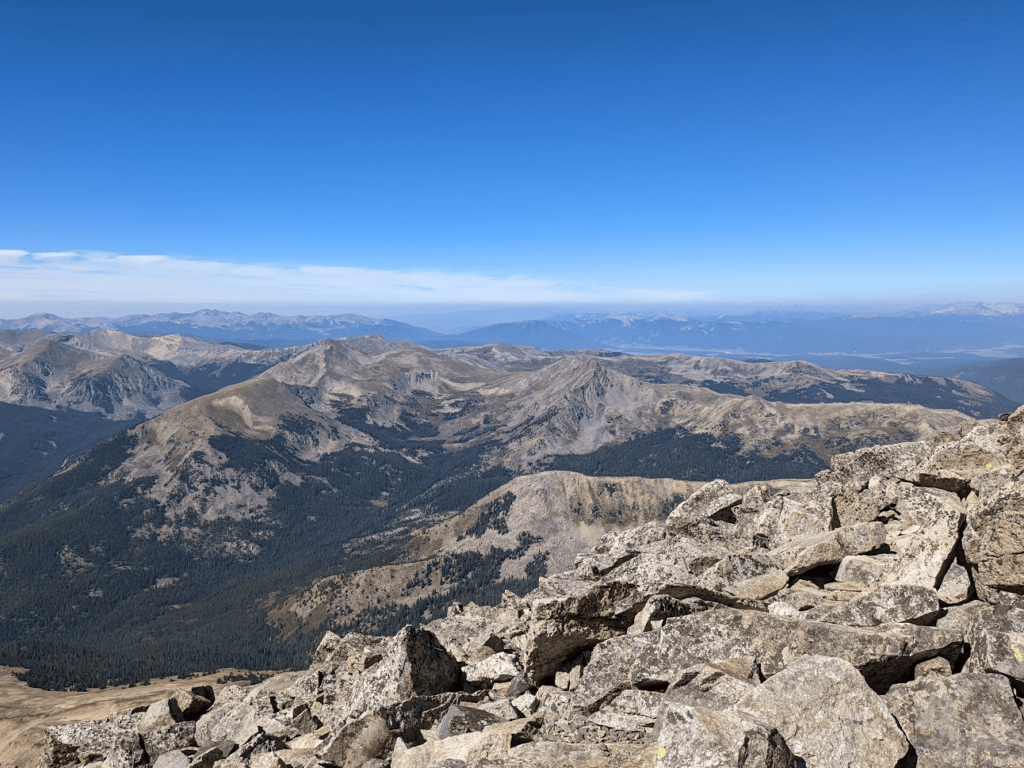
Later on, after venturing above the tree line, I heard one of my favorite sounds — the squeak of a pika. While awfully cute to humans, the noise is a clear sign of aggression to neighbors of the same species.
While these territorial critters would likely carry out similar behaviors against other species (well, at least those they don’t believe will eat them), it can be fun to consider whether their squeaks are the pika’s way of telling us to stay out of their homes.
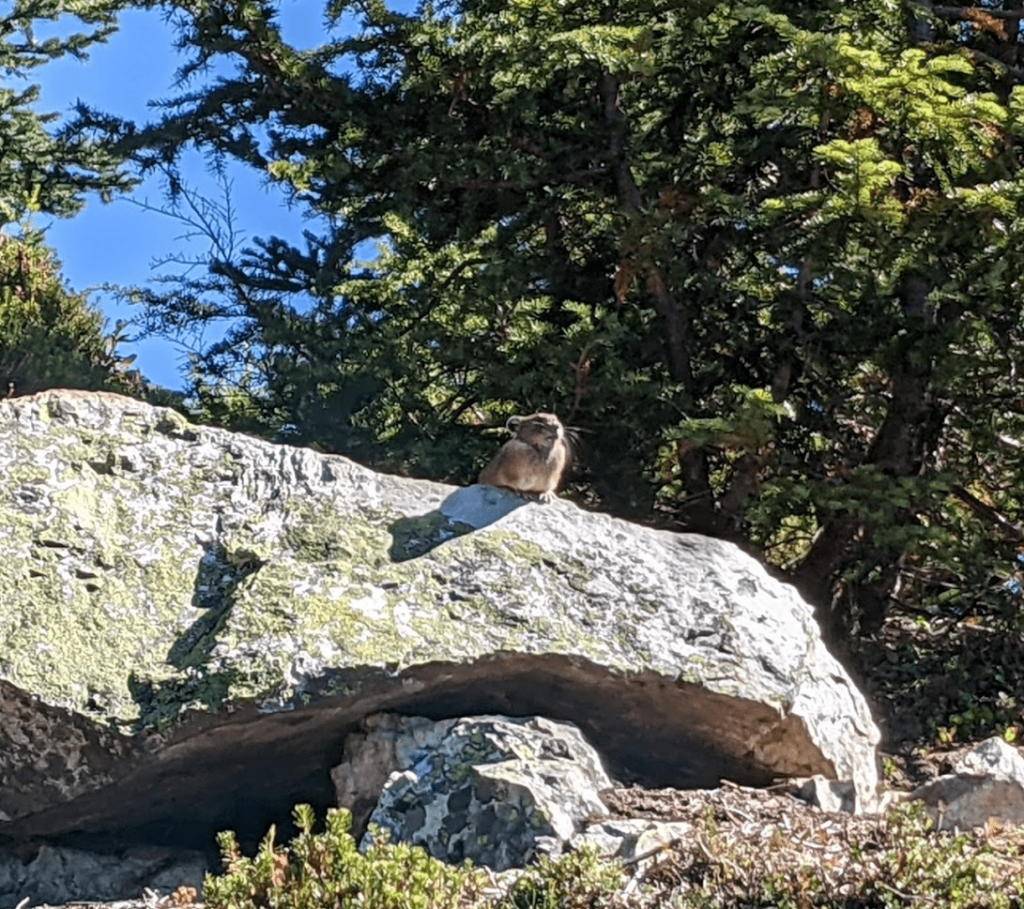
On the other hand, it can be unsettling to find oneself in a situation where wildlife seems a bit too comfortable. In a blog post, the Colorado Fourteeners Initiative (CFI) shared a story of some mountain goats who have been known to try and drink hikers’ urine on some of the state’s highest peaks.
This is a startling development — and one that reinforces the idea that coming too close to wildlife in any capacity can only lead to negative impact for all involved parties.
While hiking in northern California last summer, I was surprised to find myself approached by deer as we both quenched our thirst from the same water source. Having been mindful of disturbing wildlife, it was unsettling to find that not only had I avoided scaring these two individuals away, but that they were in fact ambling on towards me.
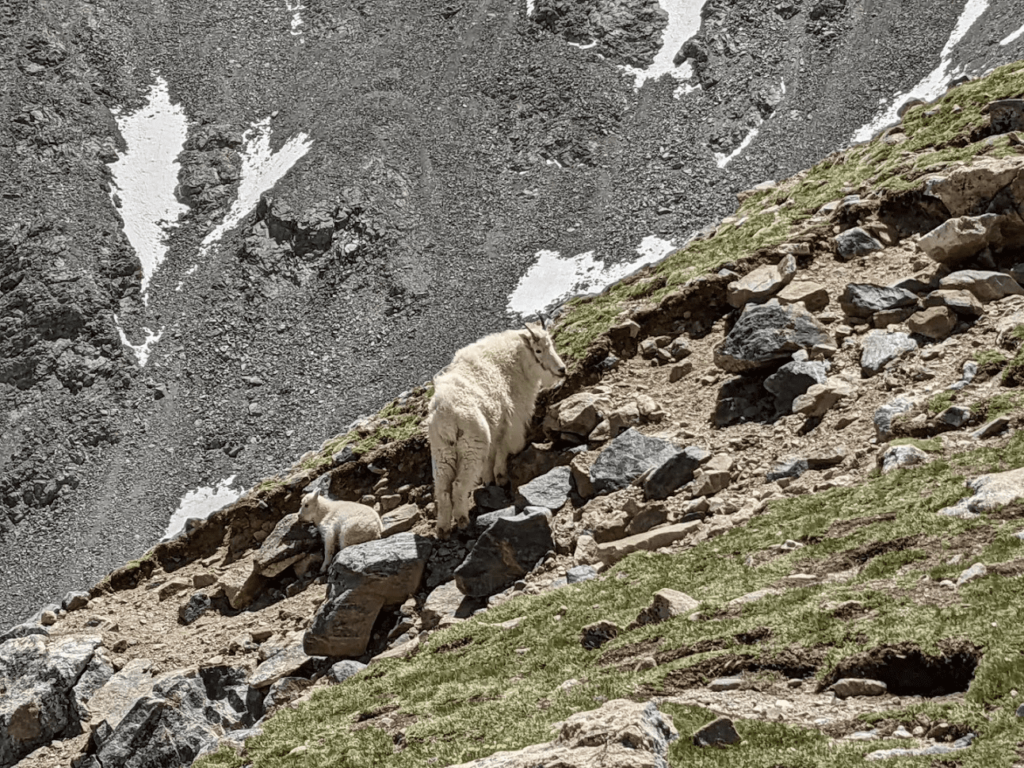
Despite reading countless stories of harm that have befallen those who approach wildlife, in that moment I found greater understanding for those who “just couldn’t help” reaching out and touching an animal, even if they knew they shouldn’t.
I also wondered how these animals had developed such a comfort with humans — whether they had been fed or even touched by humans before, or simply encountered enough hikers to no longer care.
Although it didn’t dissipate my unease, I remembered a talk given to one of my classes, where a local trails manager and Colorado Parks and Wildlife biologist shared their perspectives. In that class, I had learned that for each instance a doe was spooked by a hiker, their fawns were less likely to survive the following winter.
While it made me uncomfortable knowing how comfortable they were, I believe the deer’s behavior could actually aid in their survival. Obviously not scared by human presence, they were less likely to trigger their bodies’ stress responses, which is adaptive and beneficial behavior in some situations (e.g., when allowing them to run away from hunters or nonhuman predators, both of which were few in this particular instance), but fatal when sustained or repeated over the course of a season.

Wrestling with our outdoor impacts
In Gunnison, where there is an abundance of both recreation opportunities and wildlife, it’s no surprise that many people have begun to explore how these topics interface.
Even among my small cohort of less than a dozen ecology graduate students, a handful of us had projects directly related to the impacts of recreational activities on wildlife, so many that we participated in a group to discuss relevant scientific journals alongside CPW researchers.
These issues become even more relevant when thinking about the incredible popularity of 14ers, but also other areas (including our valley) where tourism has recently increased. These topics remain important even for tourism linked to “non-consumptive uses,” — think substituting bird watching for hunting, or kayaking for fishing.
As an avid hiker, I would like to believe that my hobby has a lower impact on wildlife than other outdoor pursuits like mountain biking or ATV riding, both activities which are associated with higher travel speeds and disturbance to the serene “soundscapes” of the outdoors.

That isn’t necessarily true, however, and depends on what species you’re considering. As noted earlier in this piece, spooking a deer can significantly impact its fawn’s survival — and hiking can actually be viewed as a more “disturbing” activity to deer, as it places them in a human’s sight for a longer period of time than faster modes of travel.
In our wildlife-recreation journal club, we discussed an interesting article in which impacts to wildlife were studied alongside recreationists’ perceptions. The article concluded that all outdoor activities impacted wildlife species, and yet all participants placed the blame for these impacts on a form of recreation different from their personal activity of choice.
Even when considering a single species, understanding human-wildlife conflicts — like everything else in our lives — is made more complicated by money. Especially in states like Colorado, funding for species protection has traditionally come from revenue generated by the sale of hunting and angling licenses. As noted above, participation in these consumptive activities has been declining, while activities like wildlife photography have become increasingly popular.
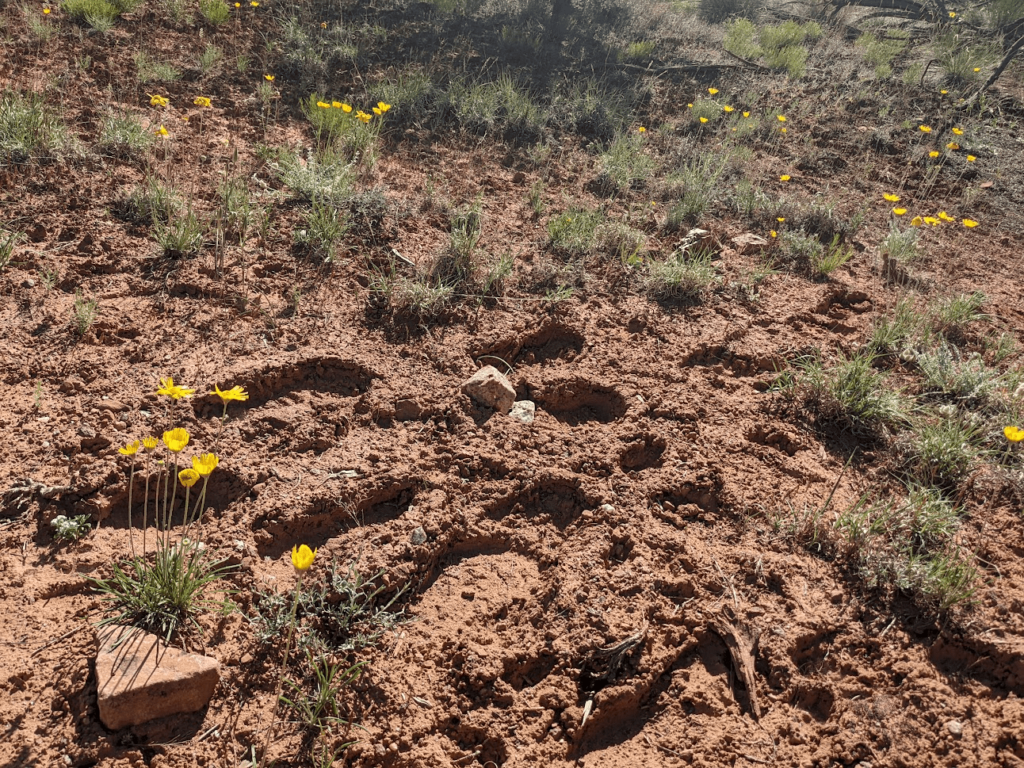
Many have wondered whether such non-consumptive uses could serve as alternative funding sources, leading to proposals such as a “binocular tax” and fees to access “watchable wildlife areas.”
At first glance, it seems like such efforts could do nothing but good for wildlife. However, just as traditional funding models provide incentives for government agencies to support hunting and fishing, these models cam inadvertently encourage organizations to manage wildlife in a way that allows people to view them more easily (and thus, more closely). This ultimately provokes disturbance, just of a differing variety.
There is great demand among national park visitors, for example, to see bears along the roadside — despite potential impacts on bears’ behavior, physiology, and ecology.
Where such demand to view wildlife exists — and has direct impacts on conservation funding, it seems inevitable that land managers may at least be tempted to make decisions that place humans and wildlife closer together, whether or not that’s a positive development for the parties involved.
Of course, most “town bears” in Colorado are black bears, whereas bear tourism is often centered around brown bears, their rarer, larger, and more dangerous relatives. That rarity is likely a major component of why many of us wish to see a grizzly, and also necessitates greater funding for the species’ conservation.
Taking a local example, while precautions are made to minimize disturbance, the conservation of the Gunnison sage-grouse (GUSG) has benefited greatly from funding received through the Waunita Watchable Wildlife Area.
At this site, managed by Colorado Parks and Wildlife, bird enthusiasts pay a great sum for the chance to see one of the remaining GUSG — money which is then plowed back into habitat restoration and other conservation efforts.
In these situations, it often seems as like some individual animals are forced to bear the brunt of human exposure in order to support the conservation of their species as a whole.
Among outdoor recreationists, some trail users have taken a stand against the creation of new trails, believing wilderness and other natural areas should be left “undisturbed” by humans (the definition of wilderness is a separate, complex debate in and of itself).
Others in the recreation community, however, believe that if such impacts are going to occur regardless, we should attempt to confine them to particular areas where outdoor recreationists are most like to travel.
Trails serve as the sites of this concentrated impact, with the idea being that having fewer, but more highly trafficked paths of recreation will limit overall disturbance to those less-tread-upon areas.

When trails, natural parks, or other spaces of outdoor recreation grow more popular, many in the conservation community fight against the promotion of highly trafficked areas through social media and the internet at-large, wishing to restrict publicity and decrease further visitation. Some choose to limit their personal trekking to more remote hikes, difficult to access or even retrieve information about.
While this practice often provides the solitude and challenge many recreationists are searching for, it also spreads the associated impacts over a larger area. Some would offer that this is for the best, citing the proper refrain: “the solution to pollution is dilution.”
But in this case, any “pollution” is being brought to areas where there was previously little — protected, seldom-used land which offers our best chance in conserving wildlife populations already under strain.
Returning to our deer example, those deer populations who are not adapted to living with humans nearby have become more likely to come into contact with people. Unlike those individuals who have lived near established trails, less habituated deer have not come to be unafraid of the non-hunting recreationist — and that resulting fear could induce stress and elevate cortisol levels, which can place the animal’s life in jeopardy.
It would be unreasonable to bemoan those who appreciate quiet, solitary experiences in nature — however this desire can turn malicious when accompanied by disdain for fellow, current or prospective recreationists who are more likely to choose more established, even busy, recreation areas.
The pitfalls of gatekeeping
Groups like Melanin Base Camp, created to increase ethnic minority and LGBTQ+ participation in nature, educate about the harms of organizations and individuals that inadvertently use principles such as Leave No Trace in their policing of people with historically limited access to outdoor recreation.
The #nogeotag movement, promoted by many who believe increased access to the outdoors will lead to greater impacts, has been directly challenged by Indigenous Geotags – an organization that believes ethical outdoor recreation and travel is possible, and will be partially achieved through re-indigenizing public lands in the United States.
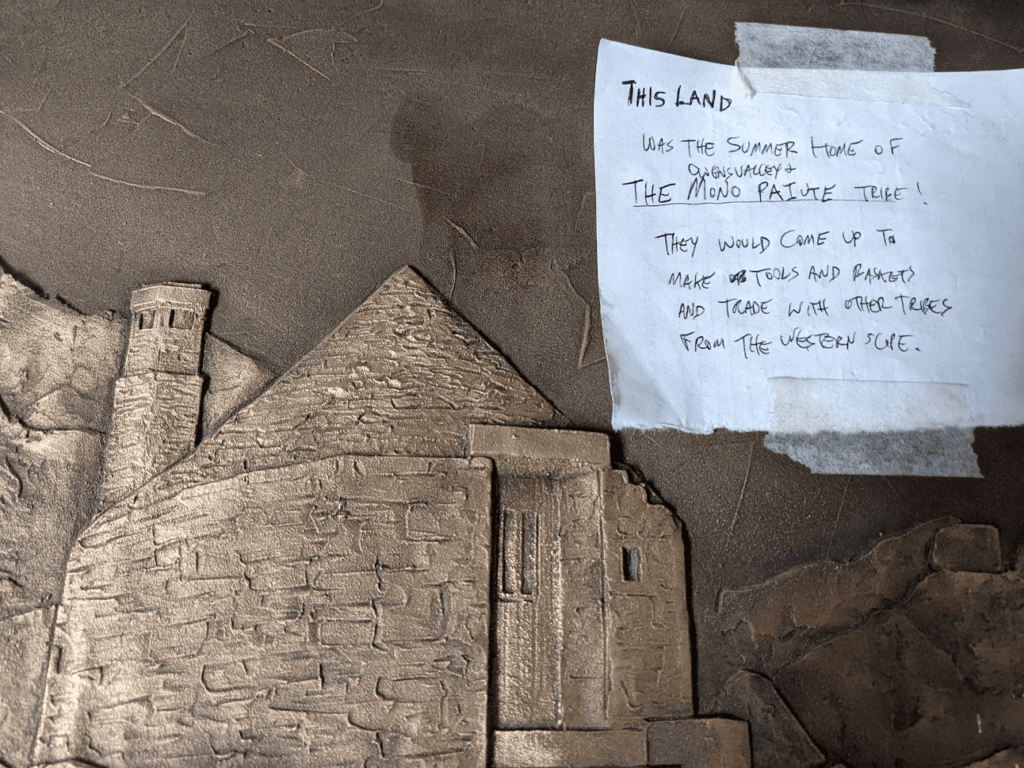
And yet the claim that we are “loving our parks to death” is not completely unfounded — case in point, it’s not uncommon to see litter and even “toilet paper blooms” alongside trails and near backcountry hot springs and watering holes.
Of course, that doesn’t mean we should stop loving these natural areas, and even moreso, prevent others from loving them as well.
No matter what forms of outdoor recreation we each participate in, we’re likely to have an impact on the other living things — human and otherwise — around us.
Directing anger at others visiting these natural destinations will not necessarily prevent damage, and may in fact inadvertently lead to increased disturbance in other areas. Additionally, that anger certainly doesn’t limit the impact that the very individuals voicing concerns have on the land.
Giving back to the land
While there is no complete answer to such a complex problem, there are certainly places to start, including with acknowledging the impacts that recreation has on the land, cultivating openness to supporting others’ experiences in the outdoors, promoting education about recreating more ethically, and addressing the many harms carried out historically on public lands
For those looking to engage in opportunities for stewardship (including via paid positions) on public lands, Colorado provides an abundance of opportunities, starting with Crested Butte’s High Country Conservation Advocates.
Other Colorado-based organizations like Wildland Restoration Volunteers and Volunteers for Outdoor Colorado conduct projects across wide swaths of the state designed to limit recreation impacts and restore wildlands.
